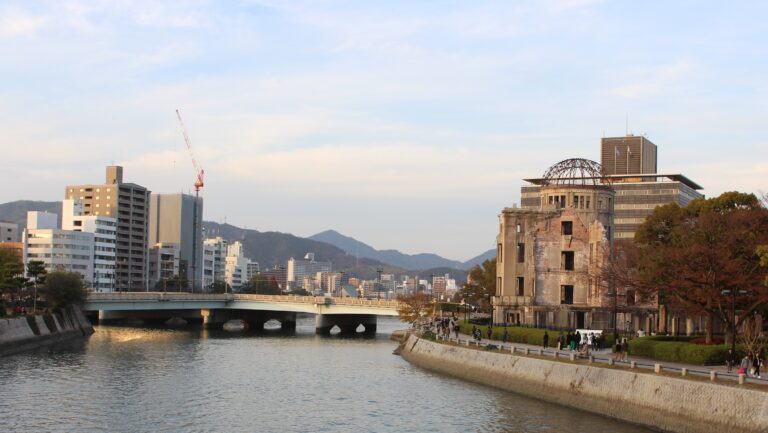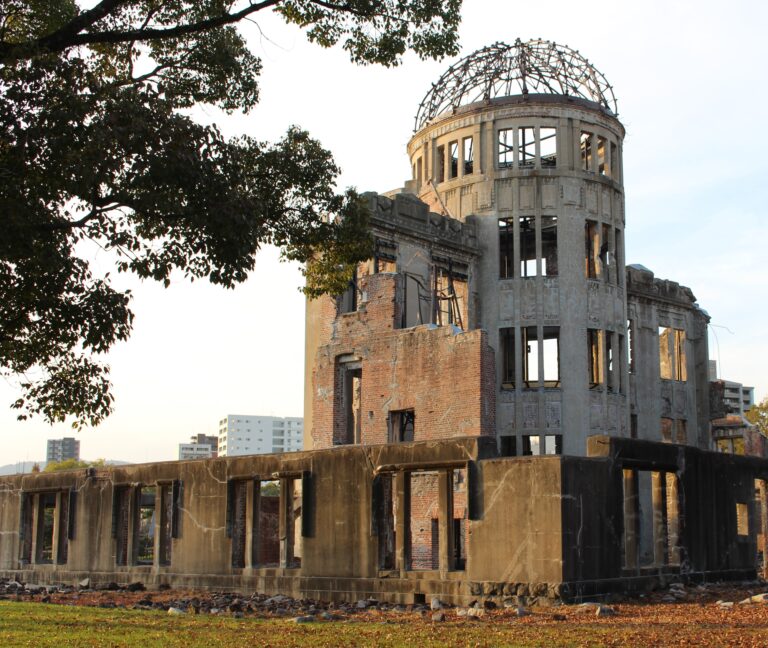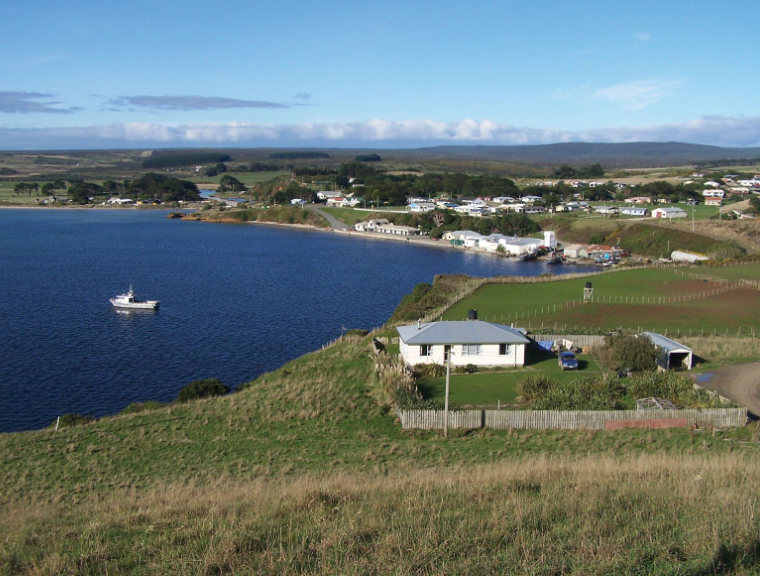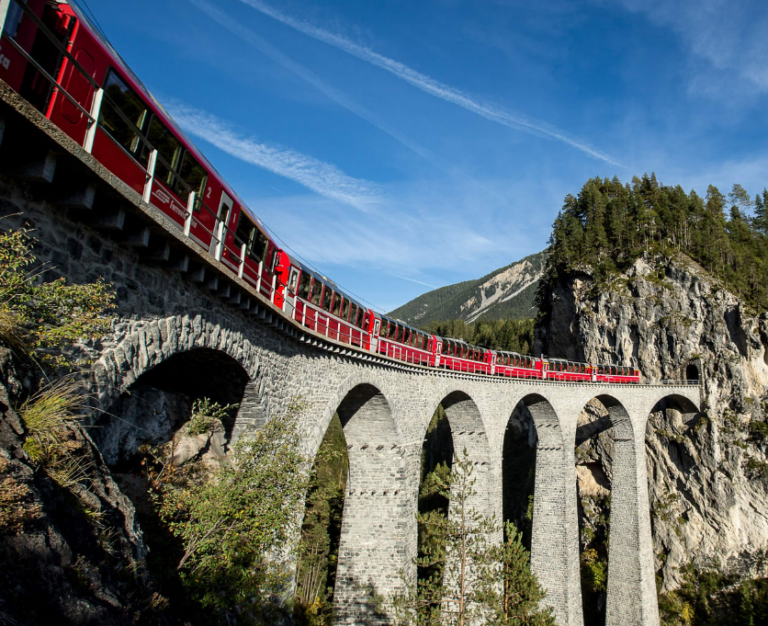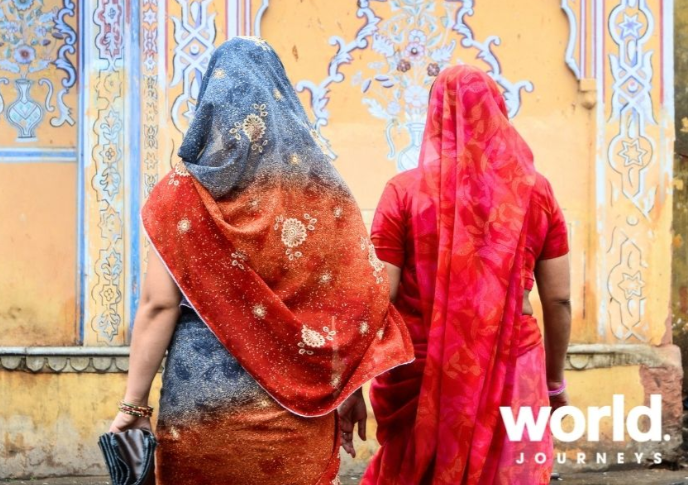By July 1945, Germany had surrendered, and the war in Europe was over. Japan, however, refused to submit to the terms outlined in the Allies’ Potsdam Declaration. It appeared to American leaders that the only way to compel Japan’s unconditional surrender was to invade and conquer the Japanese home islands. Although an estimated 300,000 Japanese civilians had already died from starvation and bombing raids, Japan’s government showed no sign of capitulation. Instead, American intelligence intercepts revealed that by August 2, Japan had already deployed more than 560,000 soldiers and thousands of suicide planes and boats on the island of Kyushu to meet the expected American invasion of Japan. Additional reports correctly surmised that the Japanese military intended to execute all American prisoners in Japan in the event of an Allied landing. These frightening figures portended a costlier battle for the United States than any previously fought during the war. By comparison, US forces suffered 49,000 casualties, including 12,000 men killed in action, when facing less than 120,000 Japanese soldiers during the battle for the island of Okinawa from April to June of 1945. At least 110,000 Japanese soldiers and more than 100,000 Okinawan civilians, a third of the island’s prewar population, also perished in the campaign. American casualties on Okinawa weighed heavily on the minds of American planners who looked ahead to the invasion of Japan. Japan’s leaders hoped to prevail, not by defeating American forces, but by inflicting massive casualties and thereby breaking the resolve of the American public.
This was the situation that confronted American President Harry S. Truman in the summer of 1945 when he authorized the use of the world’s first atomic bomb. In light of intelligence reports about Japan’s commitment to continue fighting, Truman and his military advisors were determined to use every weapon at their disposal in order to bring the war to an immediate end. Consequently, neither Truman nor any of his advisors ever debated if the atomic bombs should be used, only how and where they should be used. In the spring of 1945, the American government convened a committee of scientists and military officers to determine how best to use the bombs. This group unanimously declared that there was no guarantee that demonstrating the bombs to the Japanese in a deserted area would convince Japanese leaders to surrender. It was vital that Japan be convinced to surrender as fast as possible because the United States had just two atomic bombs available in July 1945 and additional weapons would not be ready to deploy for several more weeks. Meanwhile, thousands of Chinese, American, and Japanese soldiers continued to die each day the war continued.
Consequently, Truman approved the long-standing plans for the US Army Air Force to drop atomic bombs on a list of preselected Japanese cities. The list of targets excluded Tokyo and Kyoto because of their political and historic importance. Instead, the intended target of the first bomb was Hiroshima, a fan-shaped city of approximately 550,000 people that occupied the estuary of the Ota River. The city was also home to the headquarters of the Japanese army that defended the island of Kyushu as well as a number of war industries.
At 2:45 a.m. on Monday August 6, 1945, three American B-29 bombers of the 509th Composite Group took off from an airfield on the Pacific island of Tinian, 1,500 miles south of Japan. Colonel Paul Tibbets piloted the lead bomber, “Enola Gay,” which carried a nuclear bomb nicknamed “Little Boy.” Despite the bomb’s moniker, it weighed nearly 10,000 pounds. As a result, the overloaded Enola Gay used more than two miles of runway to get aloft. At 7:15 a.m., the bomber crew armed the bomb, and the plane began its ascent to the bombing altitude of 31,000 feet.
